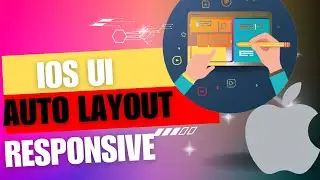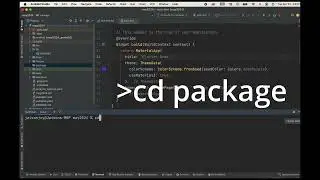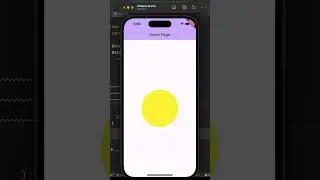Flutter vs React Native
Flutter and React Native are two popular frameworks for building mobile applications. Both have their strengths and weaknesses, and the choice between the two depends on various factors, including project requirements, developer skillset, and personal preference.
Here are some key differences between Flutter and React Native:
1. Language: Flutter uses the Dart programming language, while React Native uses JavaScript.
2. Performance: Flutter has an advantage in terms of performance as it uses a compiled programming language (Dart) and its own rendering engine, whereas React Native uses a bridge to communicate between JavaScript and the native platform, which can sometimes result in performance issues.
3. UI Development: Flutter offers a declarative UI approach where developers can build UI elements using Flutter widgets, while React Native uses a markup language called JSX.
4. Platform Support: Flutter offers support for both Android and iOS platforms, as well as web and desktop, while React Native primarily supports iOS and Android, with web and desktop support still in development.
5. Development Environment: Flutter has a full-featured IDE called Android Studio, which is built specifically for Flutter development. React Native developers can use any code editor, but many prefer using Visual Studio Code.
6. Community and Resources: React Native has been around for longer than Flutter and therefore has a more extensive community and more resources available, including libraries, tools, and documentation. However, Flutter has been rapidly gaining popularity and is quickly catching up.
In conclusion, both Flutter and React Native are excellent frameworks for building cross-platform mobile applications, and the choice between the two ultimately depends on the specific needs of the project and the developer's skillset and preference.































